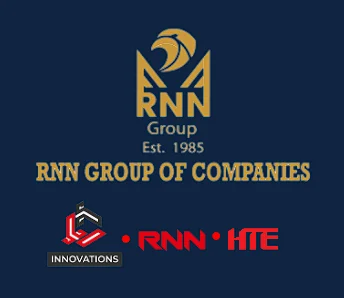In the vast landscape of artificial intelligence, Recurrent Neural Networks (RNNs) stand out as a beacon of innovation, revolutionizing numerous fields with their ability to process sequential data. From natural language processing to time-series prediction, RNNs have proven their mettle. Today, we delve into their application in the realm of Phoenix Engineering, exploring how these dynamic networks are reshaping the future of this industry.
At the core of Phoenix Engineering lies the challenge of optimizing processes, enhancing efficiency, and ensuring safety in complex systems. Traditional methodologies often fall short in dealing with the intricacies of these systems, where data streams are dynamic and interconnected. This is where RNNs step in, offering a paradigm shift in how we analyze and respond to data in real-time.
One of the most compelling applications of RNNs in Phoenix Engineering is predictive maintenance. By ingesting streams of sensor data from machinery and equipment, RNNs can forecast potential failures before they occur. This proactive approach not only minimizes downtime but also prevents costly repairs, ultimately saving resources and enhancing productivity.
Moreover, RNNs excel in anomaly detection, a critical aspect of ensuring the integrity and safety of Phoenix Engineering systems. By learning the normal patterns of operation, RNNs can swiftly identify deviations that may indicate faults or irregularities. This early detection capability empowers engineers to take preemptive measures, averting potentially catastrophic consequences.
Furthermore, RNNs play a pivotal role in optimizing energy consumption within Phoenix Engineering infrastructure. By analyzing historical data and real-time inputs, these networks can dynamically adjust parameters such as temperature, pressure, and flow rates to minimize energy wastage while maintaining optimal performance levels.
Collaborative robotics is another frontier where RNNs shine brightly. These networks enable robots to adapt to dynamic environments, learn from human interaction, and perform tasks with precision and agility. Whether it’s in assembly lines, material handling, or hazardous environments, RNN-powered robots are revolutionizing the landscape of Phoenix Engineering.
However, harnessing the full potential of RNNs in Phoenix Engineering requires overcoming various challenges, including data quality issues, computational complexity, and interpretability concerns. Nevertheless, with advancements in hardware capabilities and algorithmic innovations, these hurdles are gradually being surmounted, paving the way for widespread adoption.
In conclusion, Recurrent Neural Networks are not just another tool in the arsenal of artificial intelligence; they are a catalyst for transformation in Phoenix Engineering. From predictive maintenance to energy optimization and beyond, the applications of RNNs are as diverse as the challenges they address. As we venture further into the era of smart manufacturing and interconnected systems, the role of RNNs will only become more indispensable, shaping the future of Phoenix Engineering for years to come.


